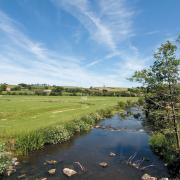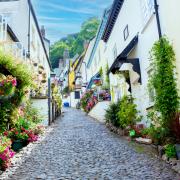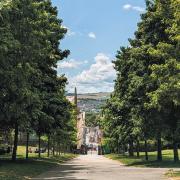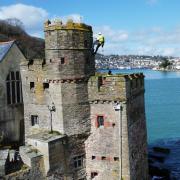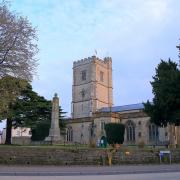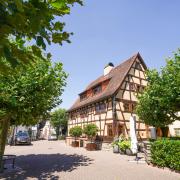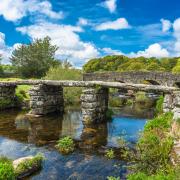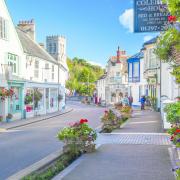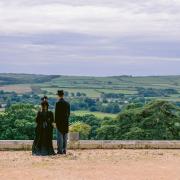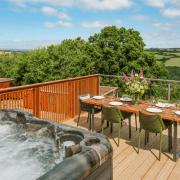Taking a look at North Devon’s stunning sand dunes...and revealing 12 amazing facts about this unique part of the UK
Eco groups have joined forces to launch Dynamic Dunescapes, an ambitious project to restore sand dunes across England and Wales - including North Devon's very own Braunton Burrows.
And the project in North Devon has involved working with schools, local groups, volunteers and visitors to start to remove invasive plants from the burrows, part of the area’s unique UNESCO Biosphere. The idea is to bring back the bare sand to help sand-loving plants and animals thrive.

The Dynamic Dunescapes project also aims to show people they can help, just by spending time on the dunes. There was a time when visitors were encouraged to stay off the highly protected landscape but the thinking now is that, in some dune systems, our footfall can actually help keep dunes clear and limit excess vegetation.
And here's 12 things you should know about North Devon’s unique dunescapes:
1) Privately owned: the dune system is privately owned by the Christie Estate, which welcomes public use but has some guidelines for users, especially with protecting livestock.
2) Troop training: Braunton Burrows is used by the Ministry of Defence for training exercises involving troop and vehicle manoeuvres. Controlled use of vehicles can help clear space for rarer flowers and plants to grow.
3) A diverse parish: Braunton Burrows is home to more than 470 species of flowering plants and 33 species of butterfly.
4) Rabbiting on: the Burrows takes its name from rabbits, introduced during Norman times and which for many years, kept the vegetation in check. In the mid 20th Century, the population was decimated by myxomatosis - to the detriment of the area’s flora and fauna. It’s the reason why there is now the need for managed grazing.

5) Helpful herd: grazing the sand dunes with livestock helps to keep scrub levels down. In Woolacombe, North Devon Ruby Red cattle, known as ‘The Ladies’, break up the dense bramble on the dunes as they graze, creating a range of height and variety in the plant life.
6) Top teamwork: the Dynamic Dunescapes project is funded by the National Lottery Heritage Fund and the EU LIFE Programme. The project is a partnership between Natural England, Plantlife, Natural Resources Wales, The Wildlife Trusts and the National Trust, with National Trust sites including Woolacombe and Studland Bay.
7) Get your grill on: overlooking Braunton Burrows and North Devon’s famous Saunton Sands beach, Beachside Grill offers quality sourced ingredients, grilled to perfection and served in a chilled indoor/outdoor space or to takeaway.
8) Aiming high: the long-term goal is to reach a stage where Braunton Burrows is made up of ten to 15 per cent of bare sand. Currently, the levels are less than five per cent. In the 1940s and 1950s, bare sand made up more than 50 per cent of the site.

9) A host of habitats: the sand dune system is made up of a variety of unique habitats. The strandline is the zone by the beach, the dry dunes are further inland, the slacks are the dips in the landscape, ‘blow out’ refers to dune erosion and ‘succession’ is the gradual replacement of one plant community by another.
10) History on show: Braunton Burrows was chosen as the site for the Assault Training Centre, used by more than 10,000 American troops ahead of the D-Day landings in 1944. Remnants of these training facilities can still be seen.
11) Prime protection: Sand dunes play a major role in coastal protection. They can shelter inland habitats from the sea and protect communities from coastal flooding.
12) Enjoy some refreshments: visit the Porthole Café in Woolacombe. Run by local caterers Seadog in association with The National Trust, the café serves a seasonal menu, coffee by artisan roasters, plus snacks and drinks from small-scale producers.







